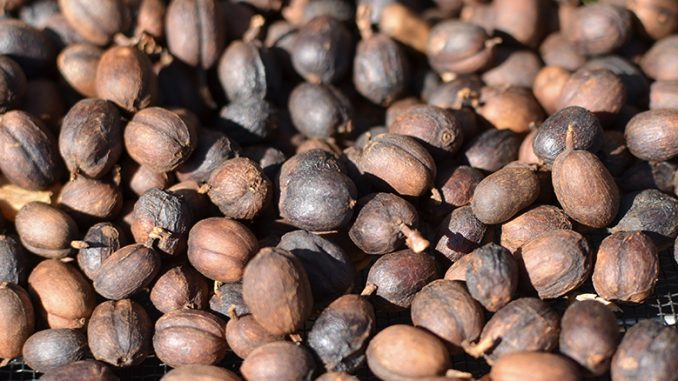
Through guided fermentation, researchers are trying to find ways to improve what natural fermentation lacks in consistency.
BY JONAS LEME FERRARESSO
SPECIAL TO BARISTA MAGAZINE ONLINE
Photos courtesy of Cafezal em Flor Farm
Incorporating fermentation into food and beverages for aroma and flavor has been in practice for a very long time—the first archaeological evidence dates back to 13,000 B.C. In coffee, fermentation processes are essential in countries like Colombia, where the high humidity, associated with fruit sugars, could spoil the beans if the mucilage is not degraded by yeasts.
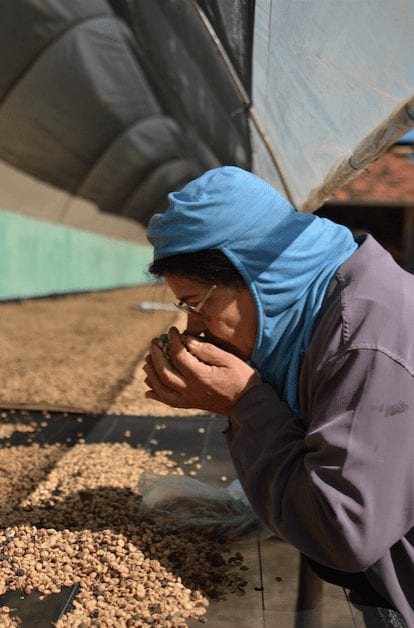
Currently, most coffee fermentation processes do not use selected yeasts—the wild ones do all the work! The natural process is very simple, but the repetition of results as a cup profile year after year is a challenge. Therefore, a tasty natural fermented coffee harvested in 2019 probably will not have the same profile in 2020 because wild yeasts are sensitive to climatic variations each season. However, what if the farmer could pick yeasts that perform best, and deliver high quality and standardized coffee cup profiles every year? This idea has been the subject of studies in Brazil by the Federal University of Lavras (UFLA) in the last 20 years, and they are releasing new interesting discoveries.
This research is carried out in the Agricultural Microbiology Department of the university. Under the coordination of Professor Rosane Freitas Schwan, her team studied a wide range of coffee microorganisms to discover how their influences affect cup quality. After many years, and several papers, some yeasts were actually deemed coffee-quality boosters. Using standardized and controlled tests, Q-Graders cupped many samples that were inoculated with these yeasts and discovered a 5-point increase in some lots. Studies have shown that certain yeasts can enhance specific flavors such as chocolate, caramel, and citrus fruits by chemical transformation.
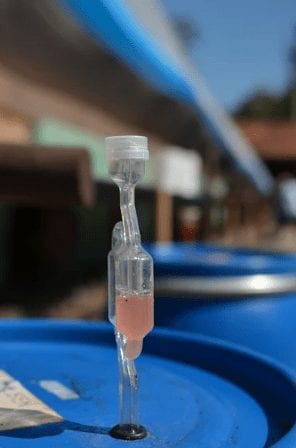
But where do these yeasts come from? These microorganisms are selected in the university from the coffee berry itself. The researchers collected coffee berries in several regions of Brazil, and in the UFLA labs, they separated, labeled, and multiplied these yeasts. The various types of yeasts are inoculated in fermentation tanks within freshly harvested coffee. After 24 to 56 hours, the fermentation is stopped, and the berries are dried, stored, classified, and cupped. Many results on coffee fermentation from this long-term research have already generated several dissertations, theses, and even a book published by CRC Press, titled Cocoa and Coffee Fermentation.
Even with the guided fermentation process still in its research and development phase, many Brazilian coffee farms are already carrying out their trials. Some farmers are using beer, champagne, and cachaça yeasts, trying to add new flavors and aromas to their batches. This is the case for Cafezal em Flor Farm, located in the Circuito das Águas Paulista (São Paulo water region). The owners Tuffi and Marcia Bichara tested an almost century-old strain of yeast used to make cachaça (sugarcane spirit) in their region, and with a popular fermentation technique known as carbonic maceration, they obtained a very specialized coffee batch with nuances of tartaric acid, ripe fruit, and high complexity.
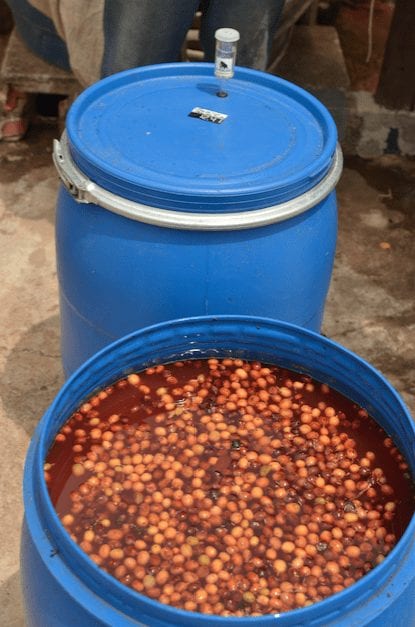
It is important to emphasize that guided fermentation, however assertive it may be, seeks to create a product with better quality and repeatability crop after crop. The environmental conditions such as humidity, temperature, initial quality of the raw material, and altitude are still issues to be taken into account when the farmer decides to try this method and ferment their coffee berries.
For the coming years, the UFLA wishes to carry out a large-scale multiplication of the most promising yeasts discovered in the research, making these microorganisms available to Brazilian coffee farmers. This fantastic technology could increase the possibility of coffee growers to deliver high-quality coffee consistently and get better prices for their beans, keeping coffee farming profitable.
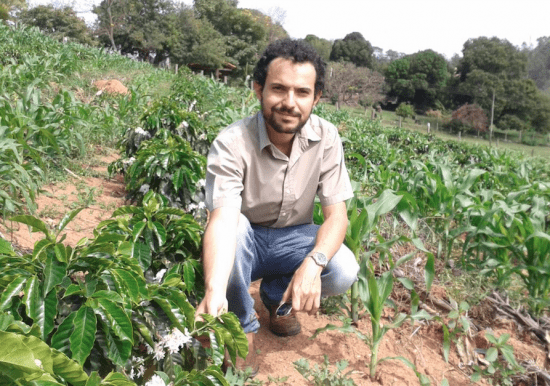
ABOUT THE AUTHOR
Jonas Leme Ferraresso is a coffee agronomist consultant and specialty-coffee professional working across coffee’s full value chain.

